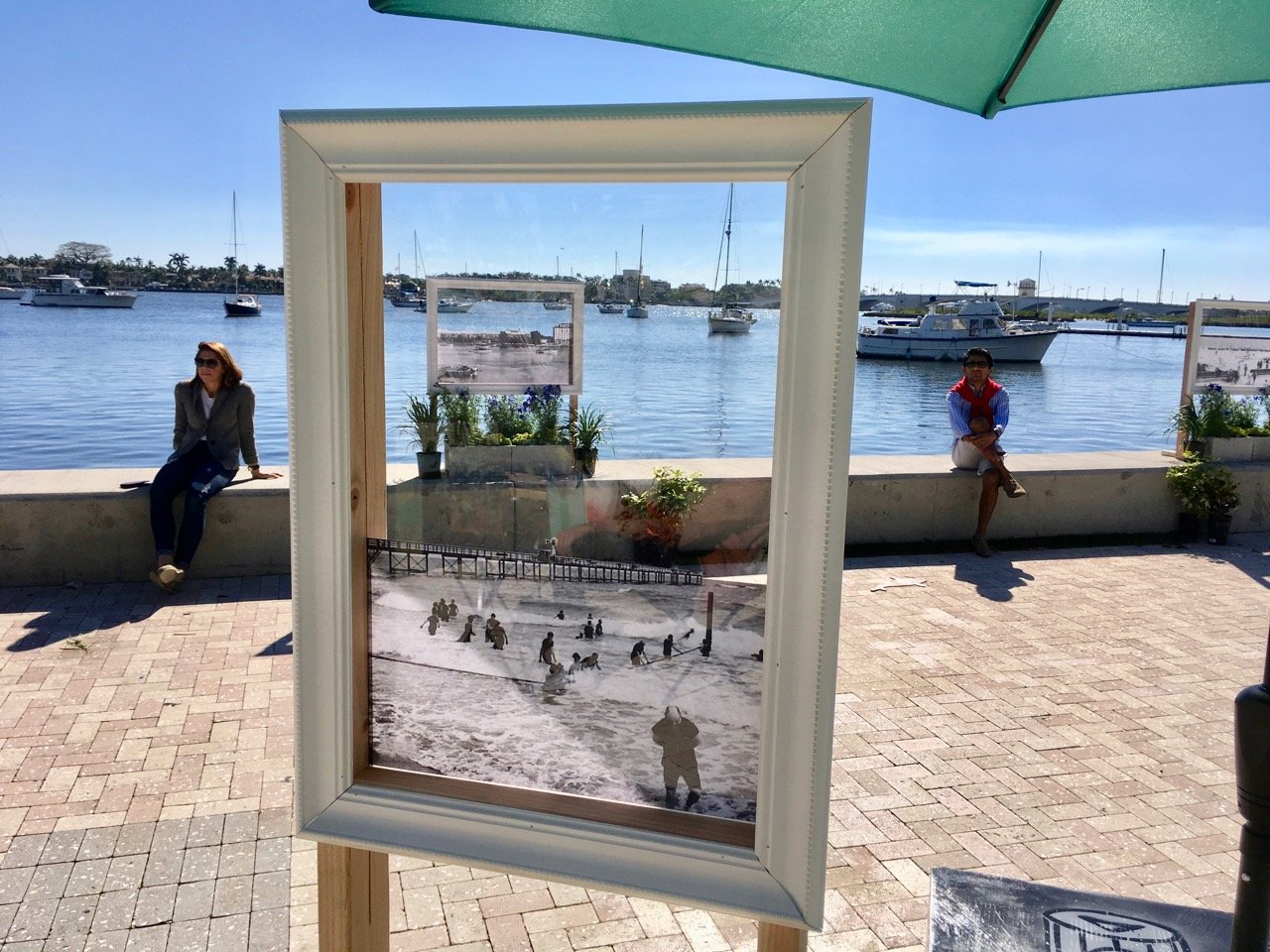Shore to core
Happy City investigated the influence of urban spaces on human wellbeing and to reimagine social wellbeing in waterfront cities.
Can more fascinating public space designs actually boost human wellbeing?
This question drove an experiment by Happy Cities and collaborators in our winning submission to Shore to Core, a research competition staged by the Van Alen Institute and West Palm Beach Community Redevelopment Agency. The competition challenged us to investigate the influence of urban spaces on human wellbeing and to reimagine social wellbeing in waterfront cities.
Happy Cities worked alongside Street Plans Collaborative, the University of Virginia and Space Syntax, using theories of restorative environmental psychology to construct a unique installation on the under-visited promenade. Designed specifically to provoke visitors’ feelings of fascination and being away from everyday life, the installation boosted feelings of belonging, calm, and social trust.
Our results suggest that cities can build health and happiness by pursuing a set of design methods we have come to call Restorative Urbanism.





